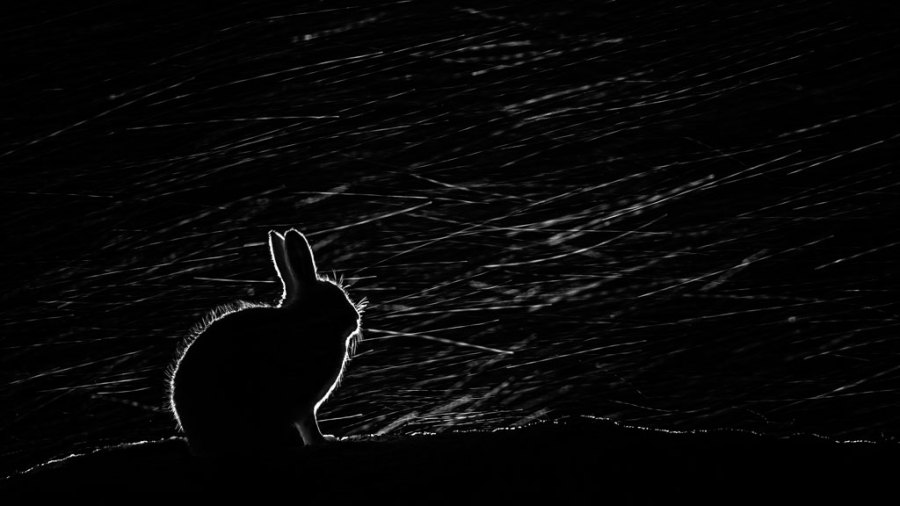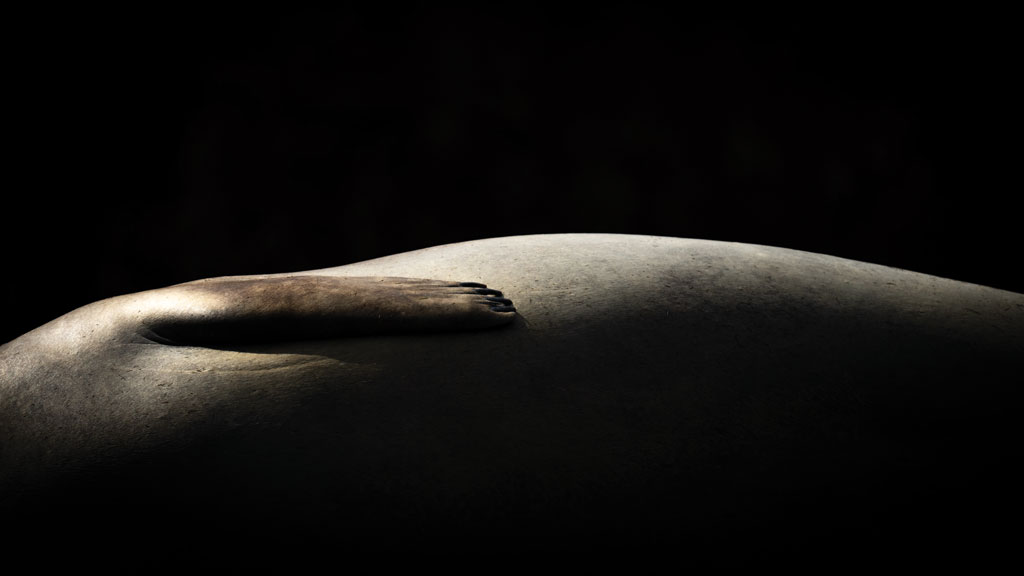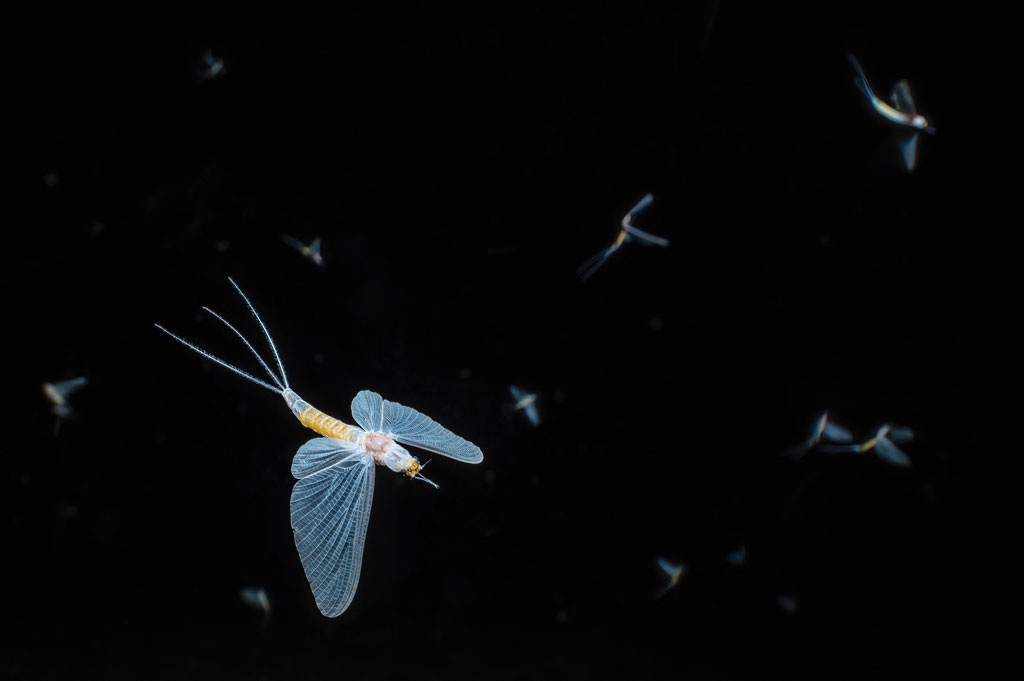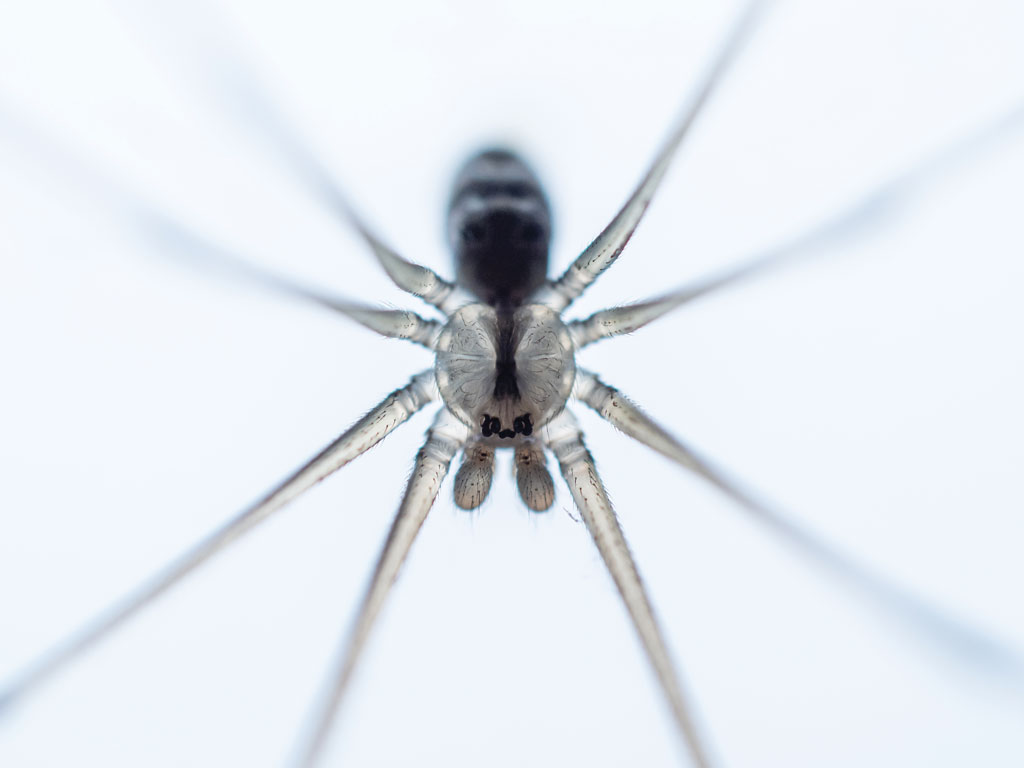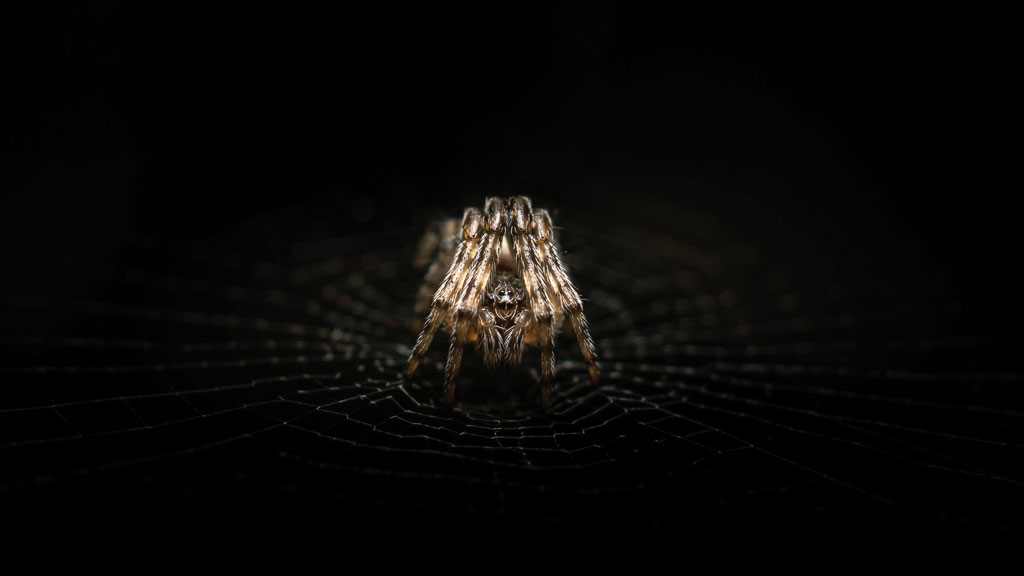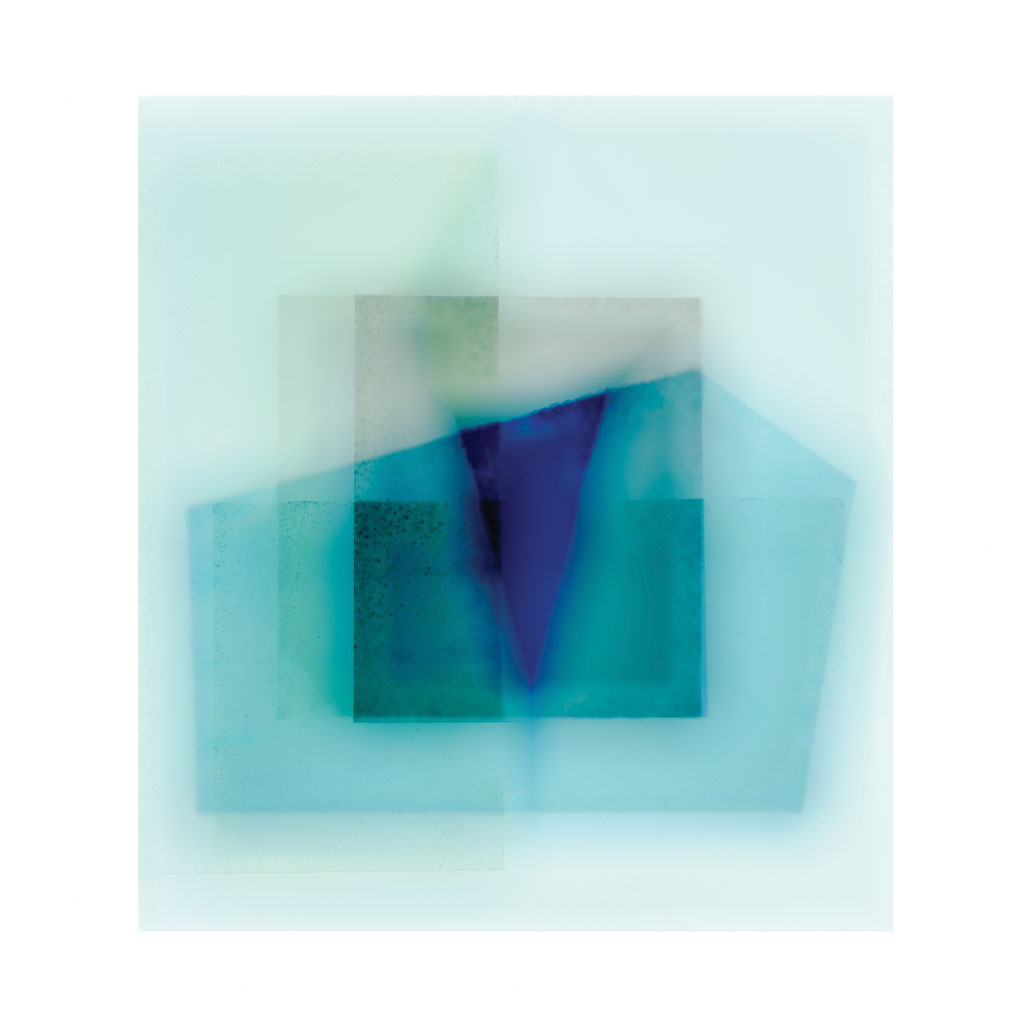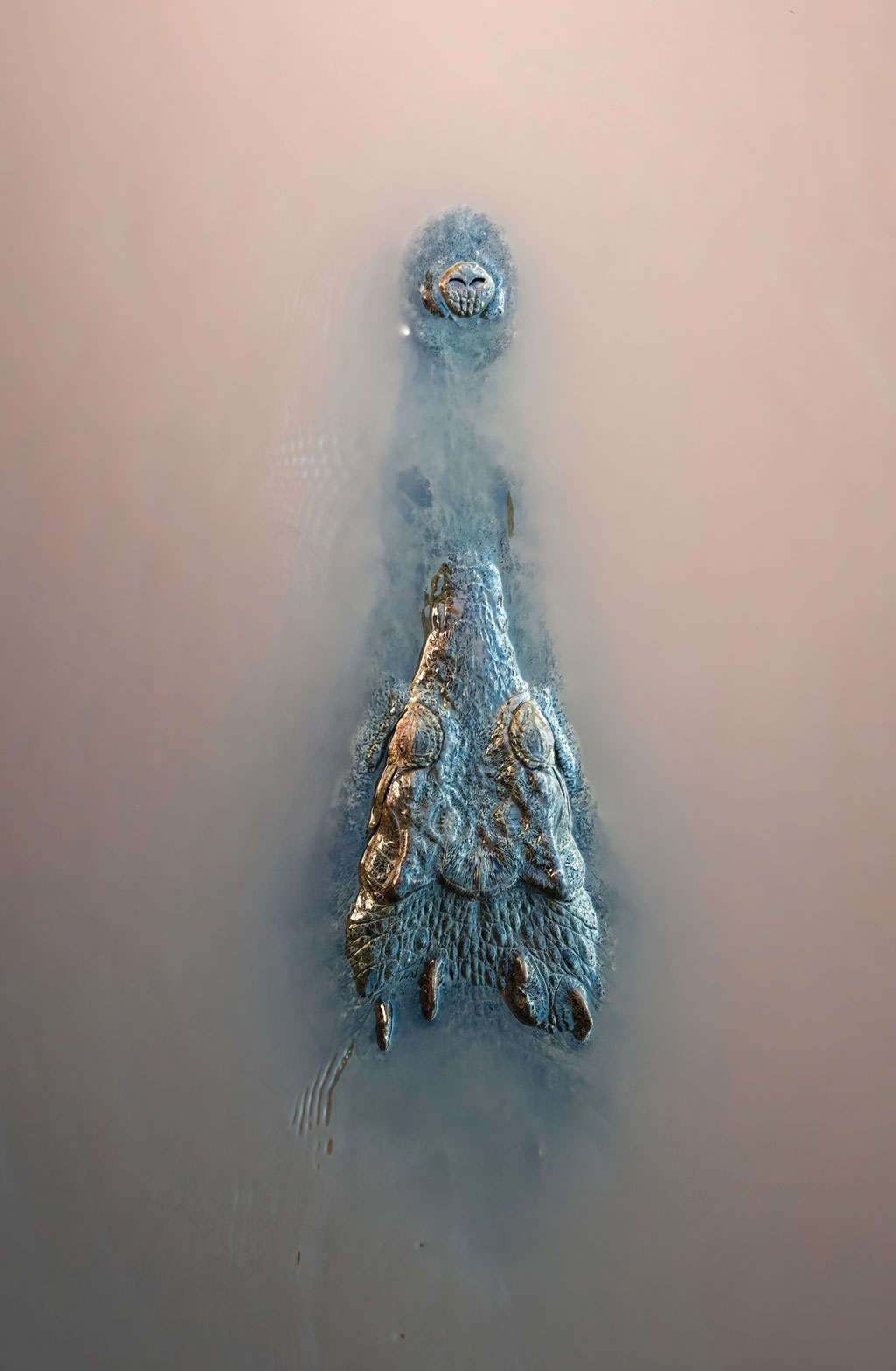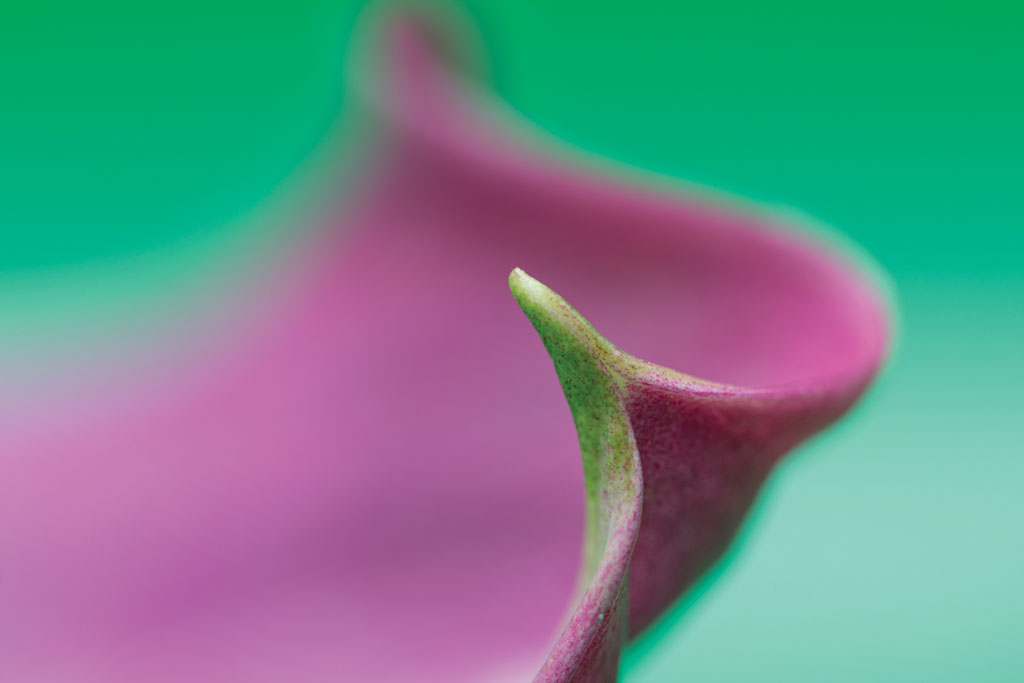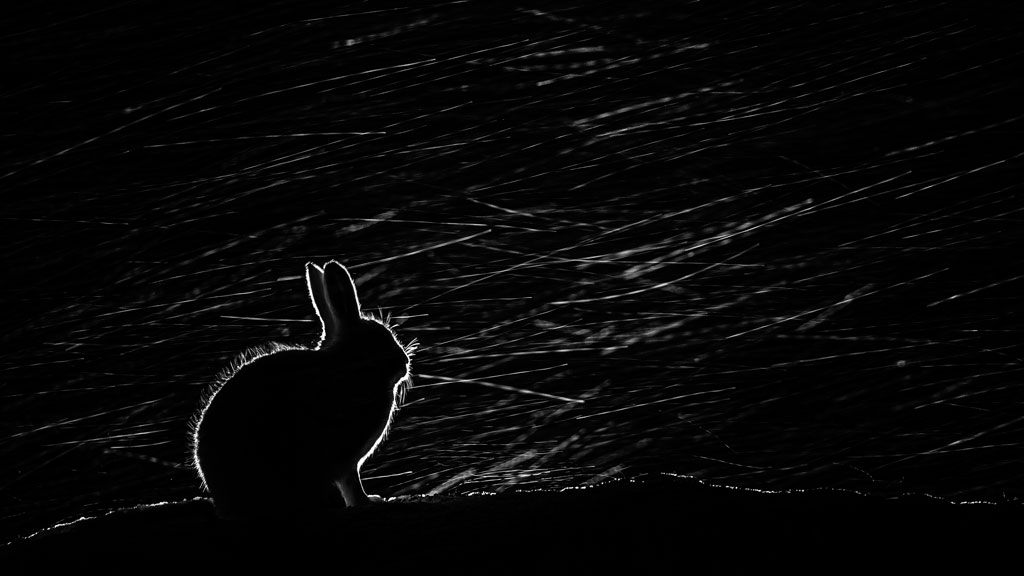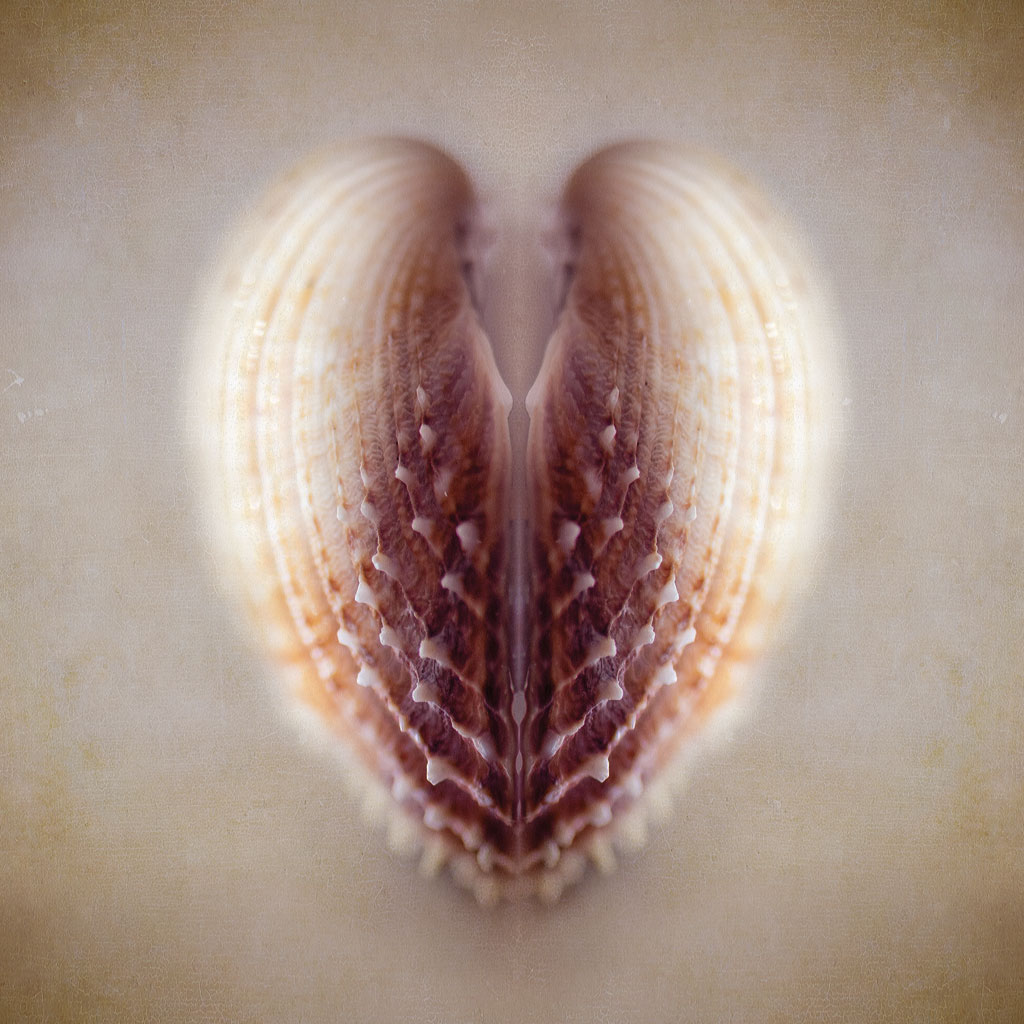The results of the CUPOTY: Minimal, are in! The winner and a selection of finalists share their tips and techniques with competition co-founder Tracy Calder.
Reducing a sauce takes time: you have to prepare the ingredients, heat the liquid and wait for the water to evaporate before you can add your seasoning. Your patience, however, will be rewarded with a concentrated liquor that’s full of flavour and character. It takes confidence to reduce something to what’s essential, and you have to trust that this stripping back will result in something full-bodied.
In art, you can see this confident stripping back in the work of painters such as Agnes Martin, Piet Mondrian and Robert Ryman. In photography you can see it in work by Michael Kenna, Fan Ho and Hiroshi Sugimoto, among others. If you study the oeuvre of these artists, you’ll see that nothing is included by chance – everything in the frame adds to the story.
In search of this special liquor, for the latest CUPOTY challenge (in association with Affinity Photo 2) we asked photographers for work that fits the description ‘Minimal’. Essentially, we were looking for clean, uncluttered images with minimal elements and/or harmonious colours. What we got was so much more. Everything from stink bugs to springtails and plant seeds were put before the judges – each picture a beautiful example of how simplifying a scene can amplify its message.
Congratulations to Ferenc Kocsis for taking the top spot with his shot of a Danube mayfly. If you would like to stay up to date with the latest CUPOTY news, including details of this year’s main competition, visit our website. And to see the shortlisted entries for the CUPOTY Challenge: Minimal, see www.cupoty.com/minimal.
‘Minimal’ CUPOTY Finalist: Benjamin Salb
Details of a Rough Stink Bug
Nationality: American
Occupation: IT manager
‘I love finding hidden details within ordinary macro subjects and this rough stink bug was no exception. I encountered it while on a 4am macro hunt last autumn. It was a chilly morning and the few subjects I did find didn’t move that much, if at all. As a result, I was able to position the stick that the stink bug was sitting on in the air to isolate it from the background and show off its complex details. The image was captured as a handheld focus bracket of 17 frames (combined in Helicon Focus).’
Ben’s Minimal Macro top tips:
- Chilly mornings are great for finding still macro subjects.
- If you’re a consistent afternoon macro photographer, try changing it up!
- When trying to capture a subject from overhead, position the object it’s on perpendicular to the ground (as long as the subject doesn’t mind the movement and you’re not destroying vegetation).
- You don’t have to be as close as possible to your subject to make a great macro shot. Consider backing off and decreasing magnification to see a more complete scene.
‘Minimal’ CUPOTY Finalist: Alex Pansier
Outer Space
Nationality: Dutch
Occupation: Photographer
‘This is not Earth from outer space, but the swirling body of an elephant seal. A few years ago, I went on a photo tour to Antarctica with a stopover in South Georgia. The beaches were teeming with fur seals and elephant seals. This particular one was so relaxed that I managed to photograph it quietly with some nice backlight in low key – my favourite style.’
Alex’s Minimal Macro top tips:
- When you’re photographing wildlife, do your research – not only will it help you to get a better picture, but it will also ensure that you are not disturbing your subject.
- Less is more. Think about what attracted you to a subject and do your best to play down or eliminate everything else.
- Photography is all about light, so look for examples where it emphasises form, or draws attention to unusual aspects.
‘Minimal’ CUPOTY Winner: Ferenc Kocsis
In Her Wedding Dress
Nationality: Hungarian
Occupation: Economist
‘This female Danube mayfly, swollen with egg clusters, flies over the Danube River in Hungary and lays its eggs close to where it was born. The larvae that live in the riverbed hatch in April, and in the last stage of their development, in August, they fly for the last dance of their one-year life.’
Ferenc’s Minimal Macro top tips:
- The most important thing is to be there. Danube mayflies take flight in August for about a week and fly at nightfall for only an hour or so.
- Light is necessary to see and photograph them. A small flashlight is enough as they’re attracted to light, but it’s very important to only use a flashlight above the river and at a certain height, to ensure the mayflies do not lay their eggs on the bank.
- I use a wideangle lens with good magnification close to the subject. Danube mayflies measure a few centimetres, but they fly quickly and a flashlight is necessary to freeze their movements.
‘Minimal’ CUPOTY Finalist: Gabi Swart
Spider
Nationality: German
Occupation: Geologist
‘A spider had spun its web right in front of our attic window, allowing me to photograph it against the sky. Due to overexposing by one f-stop, it appeared almost plastic and transparent. The open aperture and the overexposure made the spider’s web disappear.’
Gabi’s Minimal Macro top tips:
- Look for opportunities close to home. One of the joys of close-up photography is that you don’t have to travel far to find suitable subjects. To quote Beaumont Newhall, ‘We are not interested in the usual, but in the usual seen unusually.’
- Don’t be afraid to overexpose to play down distracting details. The camera is not always right – use your own judgement, and do experiment.
- Try to get as much as you can right in-camera.
‘Minimal’ CUPOTY Finalist: Krisztina Mácsai
Stand By
Nationality: Hungary
Occupation: Call centre team leader
‘I was walking with co-students of my photography class in the forests of Normafa, Budapest, looking for interesting macro subjects. It was autumn and the forest was full of Cyclosa spiders. I searched to find one of these orb-weavers that would allow me to photograph it at this unusual angle. I had to be very careful not to harm its web. At the time the picture was taken, I was between macro lenses, so I had to return to my tried and tested combination: the “nifty-50” with extension tubes. Once again, this set-up did not disappoint me.’
Krisztina’s Minimal Macro top tips:
- Keep the shutter speed high, and use a flash to produce a nice, dark background.
- Be careful not to destroy a web. The well-being of your subject comes first.
- Work with what you’ve got. You don’t need a dedicated macro lens to get close-up pictures. Experiment with cheaper options such as extension tubes and close-up attachment filters.
‘Minimal’ CUPOTY 2nd Place: Paul Gravett
Colour Study 39
Nationality: Canadian
Occupation: Photographer
‘Despite their painterly appearances, each Colour Study starts with a camera and a series of photographs of papers and colour acetates, layered three to five deep on a stack of glass shelves. The images are layered and blended in the computer to create abstractions that reference contemporary art, including pointillism, colour fields, transparencies, collage and painterly techniques. The hallmark of this experimental process is unpredictability and discovery, leading to startling and unexpected images that blur the boundary of photography and contemporary art, tricking the eye and testing our assumptions about photography.’
Paul’s Minimal Macro top tips:
- Embrace the unknown and unpredictable. You may have that uncomfortable feeling of walking blindfolded over unstable terrain, but you will find yourself on new artistic paths that lead to creative places you did not know existed.
- Do not be afraid of mistakes: they may not be planned, but can be a doorway to new creative ideas.
- Forget the rules and just experiment. Step away from the familiar, and explore your skills and tools in new and innovative ways. Keep an open mind and eye, and have fun.
‘Minimal’ CUPOTY Finalist: Lovre Culina
Murky Waters
Nationality: Croatian / British
Occupation: Photographer
‘This bird’s-eye view of an American crocodile was made over the Tárcoles River of Costa Rica, from a bridge. This had been in my mind’s eye for a while and, as I knew the area well, I had hoped to find a crocodile positioned perfectly in the water just under the bridge. Unfortunately, the dream composition wasn’t to be, and I had to stretch my arms out, get a shot and crop and rotate it later to get the picture I wanted. Crocodiles are ambush predators and spend most of their time being still and waiting. My aim was to depict this incredible marvel of nature in its element, while leaving the viewer slightly unsure about what is being shown.’
Lovre’s Minimal Macro top tips:
- Keep your composition simple and try to eliminate distracting elements. If you can’t get what you want ‘in the field’ don’t be afraid to make minor adjustments.
- Prioritise quality over quantity. Focus on a single species for days or weeks and this intimacy (and understanding) will really show in your work.
‘Minimal’ CUPOTY Finalist: Jane van Bostelen
Lily Tip
Nationality: British
Occupation: Graphic designer
‘I love the beautiful trumpet-shape of the calla lily and wanted to create a minimal, uncluttered image with simple lines. After shooting from different angles, I found the strongest composition to be one where the tip of the petal was in focus and the rest was thrown out of focus using a shallow depth of field. I used a studio lightbox with LED lighting and a green background so that the shapes looked strong, and the colours complemented each other.’
Jane’s Minimal Macro top tips:
- Choose a flower with a strong structural shape and, unless decay is going to be the subject of your work, make sure the specimen is in good condition. Shooting at high magnifications will reveal every tear and blemish.
- When you think you’ve got the shot ‘in the bag’ stay with the subject a little longer and keep experimenting with different angles.
- Tripods take time to set up, which can be off-putting for some, but using one will increase your hit rate exponentially.
‘Minimal’ CUPOTY 3rd Place: Stefan Gerrits
Goose Bumps
Nationality: Finnish
Occupation: Photographer
‘In Varanger, Norway, a mountain hare (Lepus timidus) sits quietly in a snowstorm very close to midnight. It was a rough winter evening in the very far north of Norway, I was sitting down, and my goodness I was cold, chilled to the bone, waiting for signs of life. Thankfully, I got lucky. This hare seemed to have some form of piloerection (the equivalent of human goosebumps), which made its hair stand on end. I underexposed by 4EV and used a slow shutter speed (1/13sec) to transform the snow into flashes of light.’
Stefan’s Minimal Macro top tips:
- Make sure you dress well for winter shoots.
- Dare to underexpose or overexpose heavily. By doing so, certain details will become too dark, or too bright, to be seen. This will help you to create a minimalist image.
‘Minimal’ CUPOTY Finalist: Kristina Zvinakeviciute
Shell
Nationality: Lithuanian
Occupation: Photographer
‘Shells are like little secrets of the sea. I always collect them on the seashore and this one was found on Formby Beach in the UK. I had an idea to develop the photograph of this small shell in a different way, by using the mirror effect in Photoshop. (I cropped, rotated and adjusted the shot in Photoshop before using the mirror effect. A texture was then added to the background.) The result pleasantly surprised me, as it looked like wings or a heart.’
Kristina’s Minimal Macro top tips:
- Even the most common subjects can be captured in a fresh way if you adopt a childlike curiosity. Imagine you are encountering an object for the first time and look at it as a series of shapes, colours and lines rather than becoming fixated on what it actually is.
- Don’t be afraid to use the picture as a starting point. Adding an effect, or in this case two – mirror and texture – can lead to fresh discoveries and unusual interpretations.
- Look up and look down. When we’re shooting close-ups, we often have the advantage of being able to explore our chosen object from multiple angles. Look down on it, under it, or in it (if possible). You might be surprised by what you discover.
Related articles:
- APOY 2023 Macro round now open for entries!
- Complete guide to Macro Photography
- Top 15 Macro Photography Tips
- How to take great macro photos on a smartphone
- Top 31 best close-up and macro photographs

